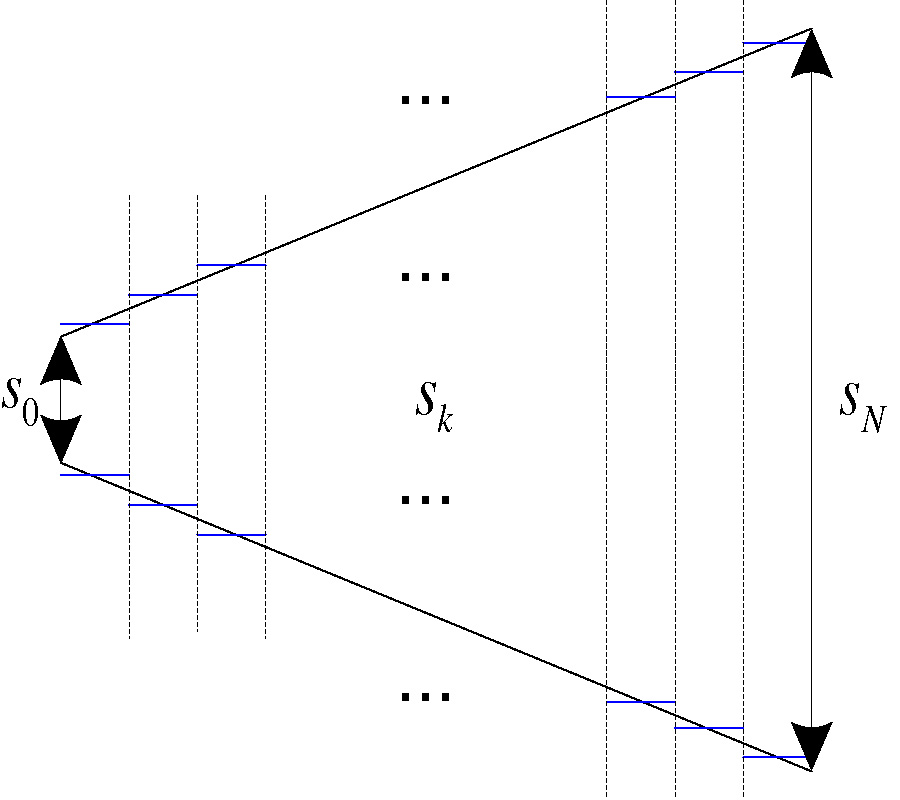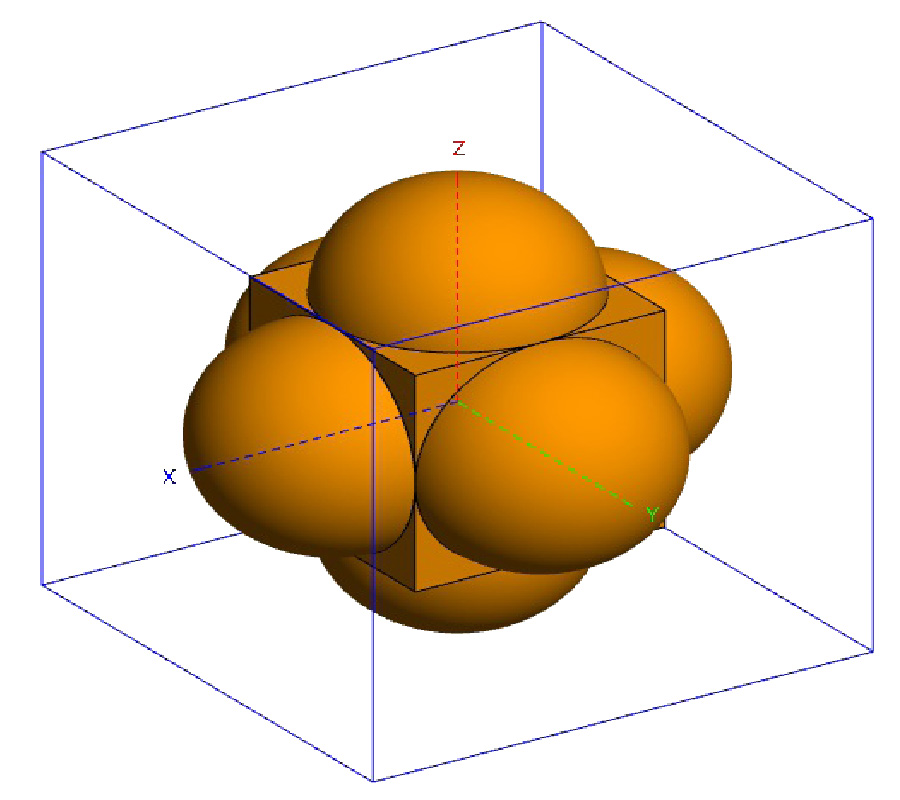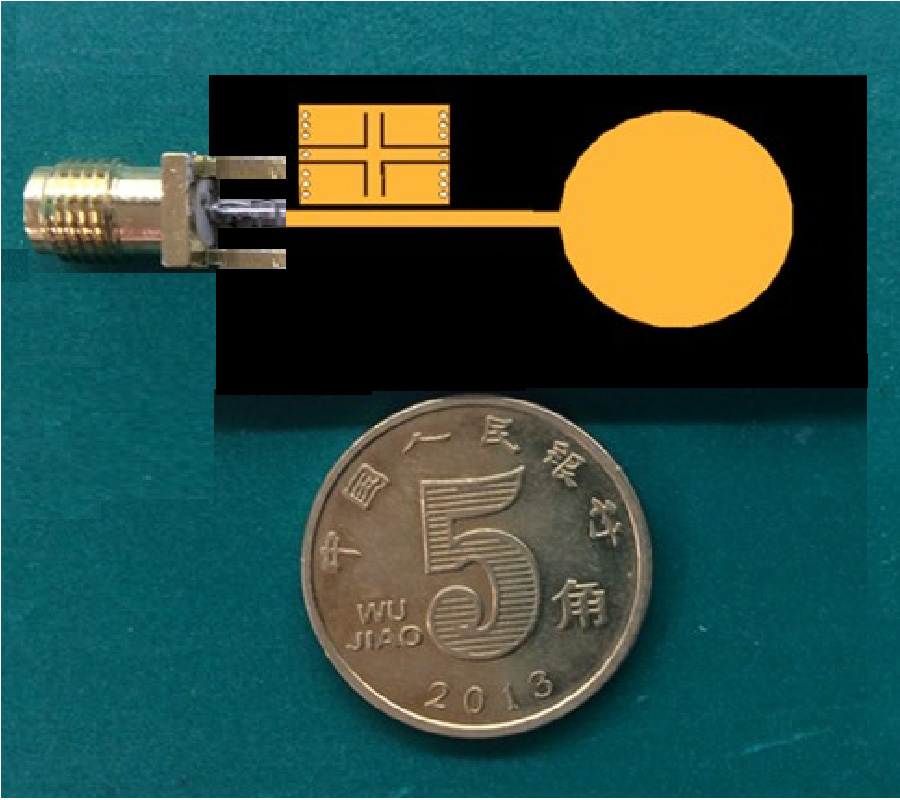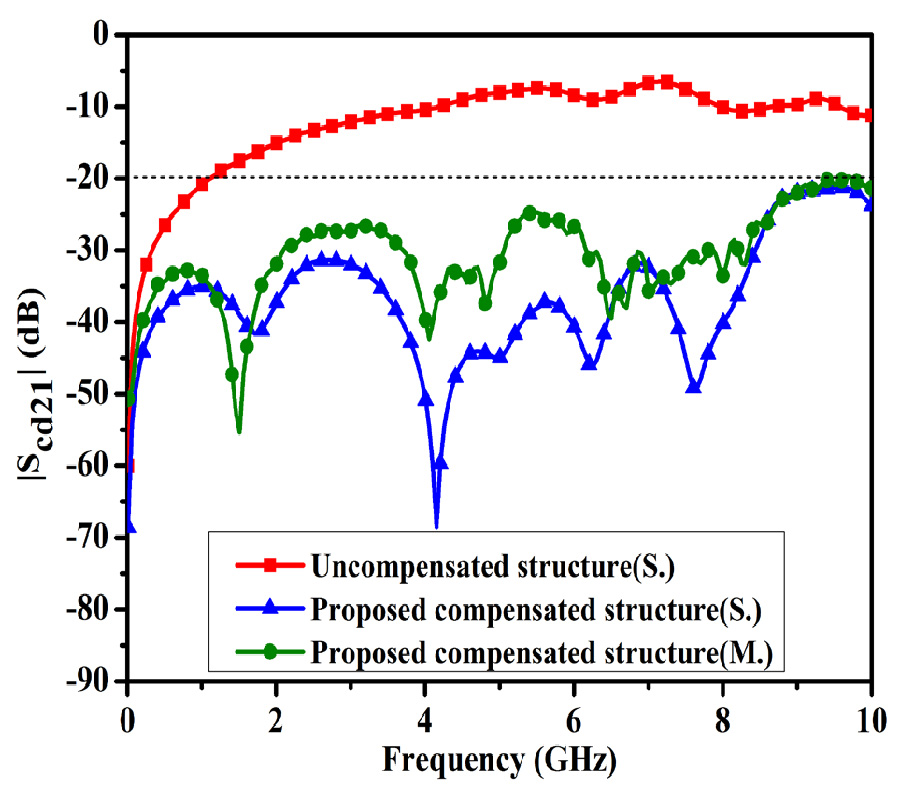An Ultra-Wideband Polarization Conversion Meta-Surface and Its Application in RCS Reduction
Jian Yong Yin
,
Hou-Jun Sun
and
Lei Zhang
In this paper, a novel meta-surface with polarization conversion characteristic in an ultra-wide band is proposed. Based on the principle of the reflected wave cancelation, the proposed meta-surface is distributed as a checkerboard to obtain an ultra-wideband radar cross section (RCS) reduction, resulting from the out-of-phase difference in normal incidence. The relationship between the polarization conversion ratio (PCR) and RCS reduction is investigated and verified by the simulation. Finally, a sample is fabricated and measured in an anechoic chamber. Compared to the metal board with same size, a 5 dB RCS reduction is achieved ranging from 3.7 GHz to 15.9 GHz, which indicates a fractional bandwidth of 124.5%. Moreover, the size of the unit cell is only 0.125λ0×0.125λ0×0.059λ0, where λ0 is corresponding to the lowest frequency, namely 3.7 GHz, indicating the merits of miniaturization and low profile. Experiment results are in good agreement with the simulated ones, which demonstrates the validity of the proposed strategy.


















